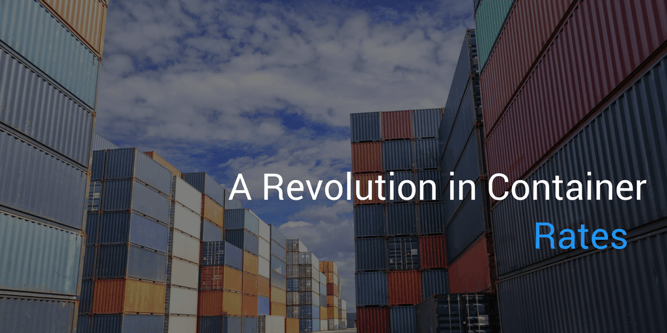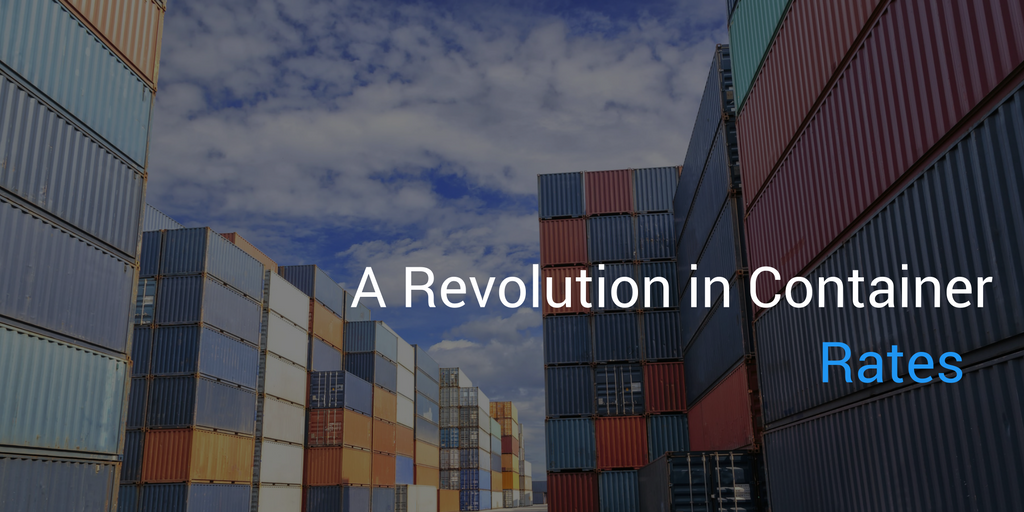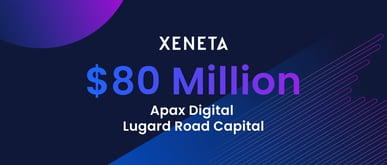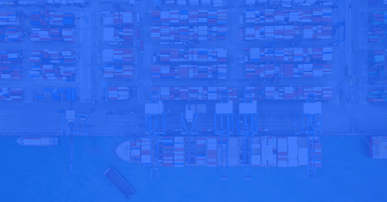
Sometimes we need to brag, and today is the day. We're pleased to reprint an article about us that's running in Supply Chain Management Review blog: http://www.scmr.com/article/a_revolution_in_container_rates written after our first U.S. seminar on September 29th in New Jersey. While we thought the day went well, what's important is to see how others react to our product, and we'd like to share this with you.
A Revolution in Container Rates: the Xeneta Rate Platform
by Prof Andrew Lubin
Rosemont College-Business Dept
Printed: October 12, 2016; Supply Chain Management
Last week in a Hoboken N.J, hotel conference room, I witnessed a quiet revolution in container rates; the CEO and founder of Xeneta AS demonstrated his company's rate platform to a audience that included such logistical giants as Maersk, Colgate, CMA CGM, and Solvay, all of whom who seemed most impressed by the rate data Xeneta makes available.
What's so unique is how Xeneta tracks actual container rates of 20', 40' and hi-cube boxes on some 60,000+ shipping lanes worldwide, thereby enabling their clients to use the rate information to make informed decisions in both their spot and contract rate negotiations. Berglund told the listeners that Xeneta only uses actual rates that were submitted 24/7 by pre-qualified companies worldwide. Their platform is updated every 15 minutes, he said, so their 600+ clients (major shippers, forwarders, 3PL's, traders, and carriers) can track rates on the lanes they needed.
What makes the data more commercially usable is how Xeneta enables the user to break it down; the rates for each lane are graphed to show the ow-medium-high rates, so the big volume shipper and the lower-volume shipper on each lane see the spread within each lane. Additionally, the rates can be broken out by carrier, which should only serve to increase the competitive factor.
Not only are rates updated every 15 minutes, Berglund explained, but there is a 2-year look-back ability, so the user can check any specific week, month, or quarter to see rates others were paying as opposed to what the user was paying.
One member of the audience asked about security and hacking, a topic of interest to others in the room. Berglund explained that theirs was a proprietary technology, developed by Xeneta, and that security was of utmost concern.
Additionally, they are working with their clients on the possibility of publishing forward-rates, similar to the London Metals Exchange and other commodity and currency exchanges. This would be a huge commercial advantage for both shippers and carriers; a forward market gives carriers the ability to lock in (or hedge) rates 1-2-5 years forward if they find the rates attractive, whereas shippers and forwarders could lock in low rates if they thought the rates would rise. Imagine the finances of the carriers today if they'd been able to lock-in those high rates of 2-3 years ago, or think of how forwarders could profit if they'd locked-in some of those $ 200- 300 – 400 / box China-Europe rates of the Spring or Summer. Also imagine how the banks would be more interested in financing box carriers if they could hedge and protect container rates / profit margins several years into the future.
That sort of ability is what makes the Xeneta platform a game-changer. The finances needed to run a carrier today are enormous, as are the risks to shippers that a carrier disappears suddenly (Hanjin!) and rates quadruple; a hedging ability would remove much of the financial risk that continues to threaten the container industry today.
###
Thanks, Andrew for attending our seminar and for your synopsis.


-1.jpg)



